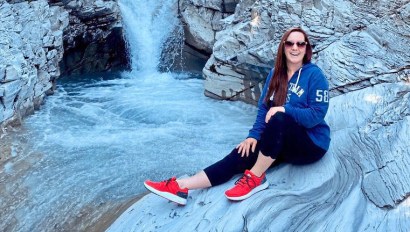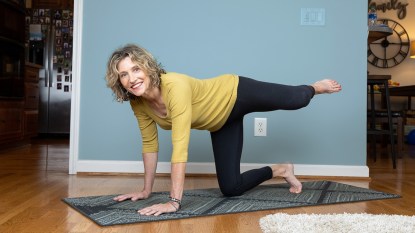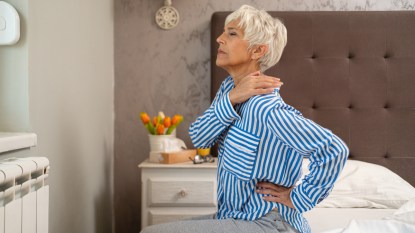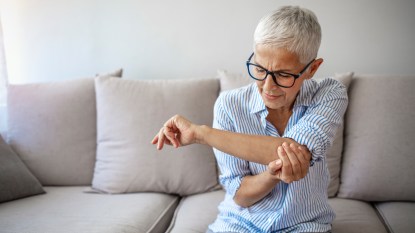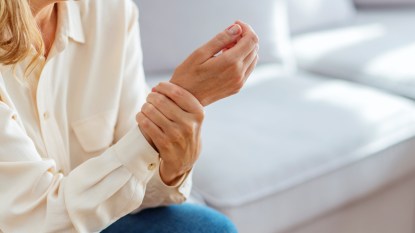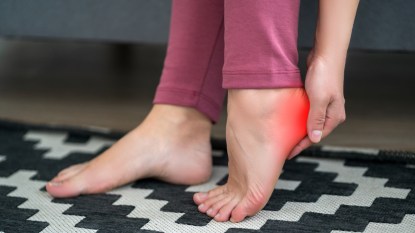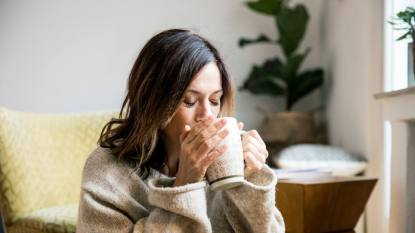This Exercise Therapy Helped One Woman Ease Her Multiple Sclerosis Symptoms
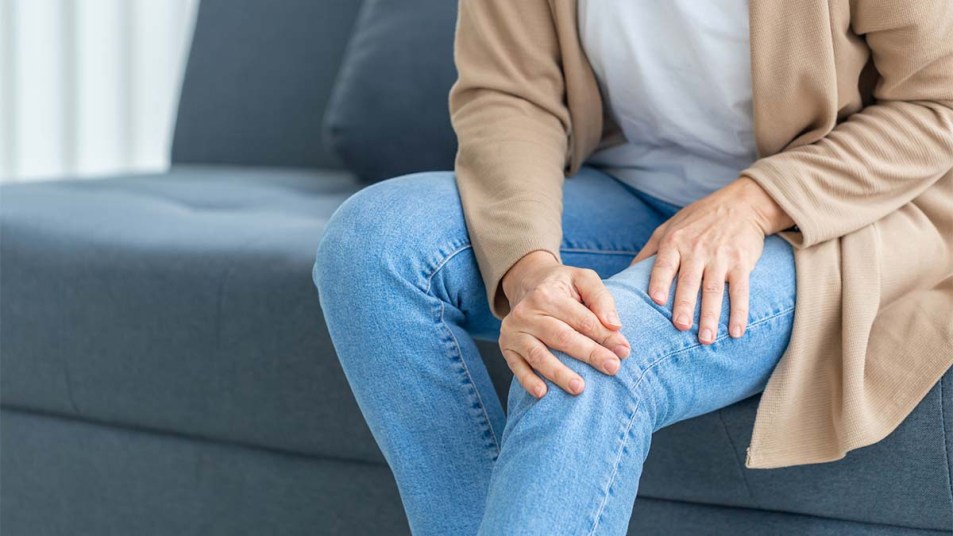
Gerry Coupe was lifting a child at her day care, when her arms suddenly gave out. What is this? she thought. I feel so weak and tired.
In her early 50s at the time, Gerry had always been strong and energetic, but she began to feel so weak that suddenly, she needed to nap as often as the children in her care. And as her fatigue grew, along with severe muscle pain, her anxiety skyrocketed as she began to square her symptoms with ones her sister-in-law had experienced before being diagnosed with multiple sclerosis (MS). I think that’s what I have, Gerry worried. What am I going to do?
Feeling Powerless
“I was feeling anxious,” Gerry recalls, “so I went to a doctor, who confirmed I have MS, a disease in which the immune system eats away at the protective covering of the nerves, leading to muscle pain, impaired coordination, vision loss, and extreme fatigue.
“I was devastated but determined to beat it. To me, there was no way I was going to wind up in a wheelchair. And even though the pain was excruciating, I knew I needed to keep active no matter what.
“I had to stop working in day care and shifted my focus to getting myself out of the hole of MS through natural remedies. For 20 years, I tried everything from nutritional IVs, low-fat diets, yoga, strength training and naturopathic medicine to supplements and massage. I took a small amount of gabapentin for the neurological pain, but when I tried any of the drugs that doctors normally prescribe for MS, I’d have bad reactions and I’d need to stop.
“Luckily for me, the natural remedies stopped things from getting worse for a time—until last spring, when my symptoms began to flare. The repetitive motion my physical therapist prescribed made my muscles more tense and my pain worse. I couldn’t even drive myself to my yoga class just four miles away. I’m at my wit’s end, I fretted each sleepless night.
Surprising Relief
“One day, I went shopping for an adjustable bed in the hopes that it would help, and told the saleswoman my sad story. To my surprise, she mentioned a remedy I’d never heard of before: the Feldenkrais Method.
“As it turned out, her sister, Nancy Haller, was a practitioner who had healed herself using the method and ended up becoming my teacher. As she explained, Feldenkrais teaches slow, gentle, small movements that relax the muscles and calm and retrain the nervous system to relieve pain instead of perpetuate it. When I visited her for the first time, Nancy asked me to rank my pain on a scale of one to 10. Mine was at a nine.
“As I learned during our first hourlong session together, the essence of Feldenkrais is to become aware of your body’s movements, then make small tweaks to see if your pain changes. For years, when my body was in pain, it tightened up all my muscles, but with Feldenkrais, I learned to open my body with a shift as simple as moving my arms a few inches in a different direction to see if the pain changed.
“After my first session, I felt the difference right away: In fact, when I walked out, my pain level was at a two. I became an instant believer as that relief lasted all week, and I bought Nancy’s book, I Don’t Know How Long My Short-Term Memory Is, which explained that the essence of Feldenkrais is to live the movements throughout your day rather than just do them during your sessions. As she explained, through consistent attention, you can reprogram the way your brain and nerves react to pain.
“I began to watch tutorials online and incorporate these little mindful tweaks into my day — things like being aware of how, when I’d brush my teeth, I needed to keep moving or stand sideways at the kitchen counter instead of head-on. All at once, I was thinking differently about using my body, and as my awareness opened up, so too did my muscles.
“Though it took a while to get my pain level down to a static level, I eventually was able to maintain it from home. Before Feldenkrais, I felt like I wanted to sit down and cry all the time. Gardening was my favorite thing, but even using clippers hurt my arms. But now, I can work outside with my grandkids, and I even have the energy for shopping and putting up decorations again. Of course, I still have some bad days, but I can take the pain down enough so that it doesn’t take over. Thanks to Feldenkrais, I feel like I have my life back!”
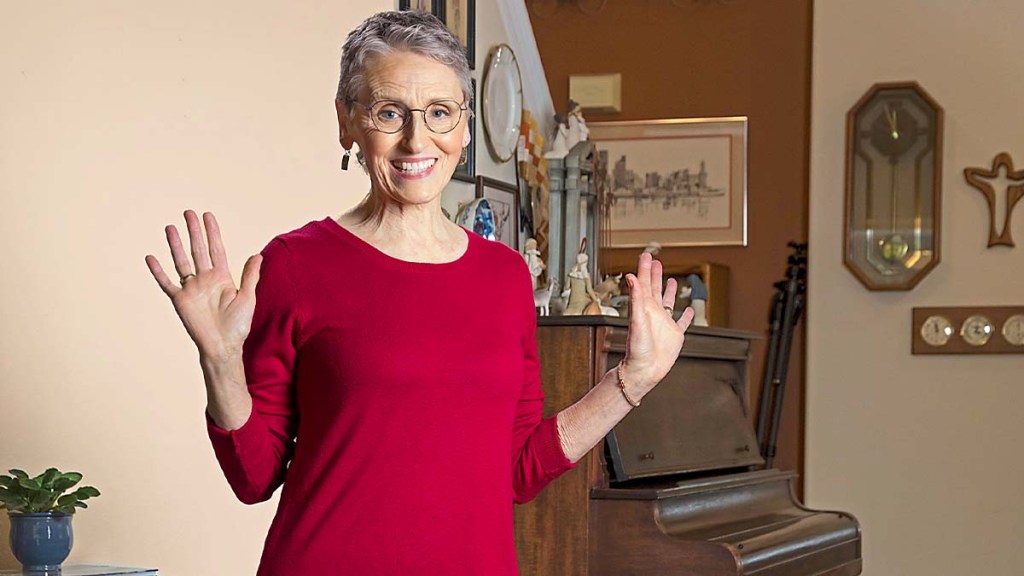
A version of this article originally appeared in our print magazine, First for Women.



